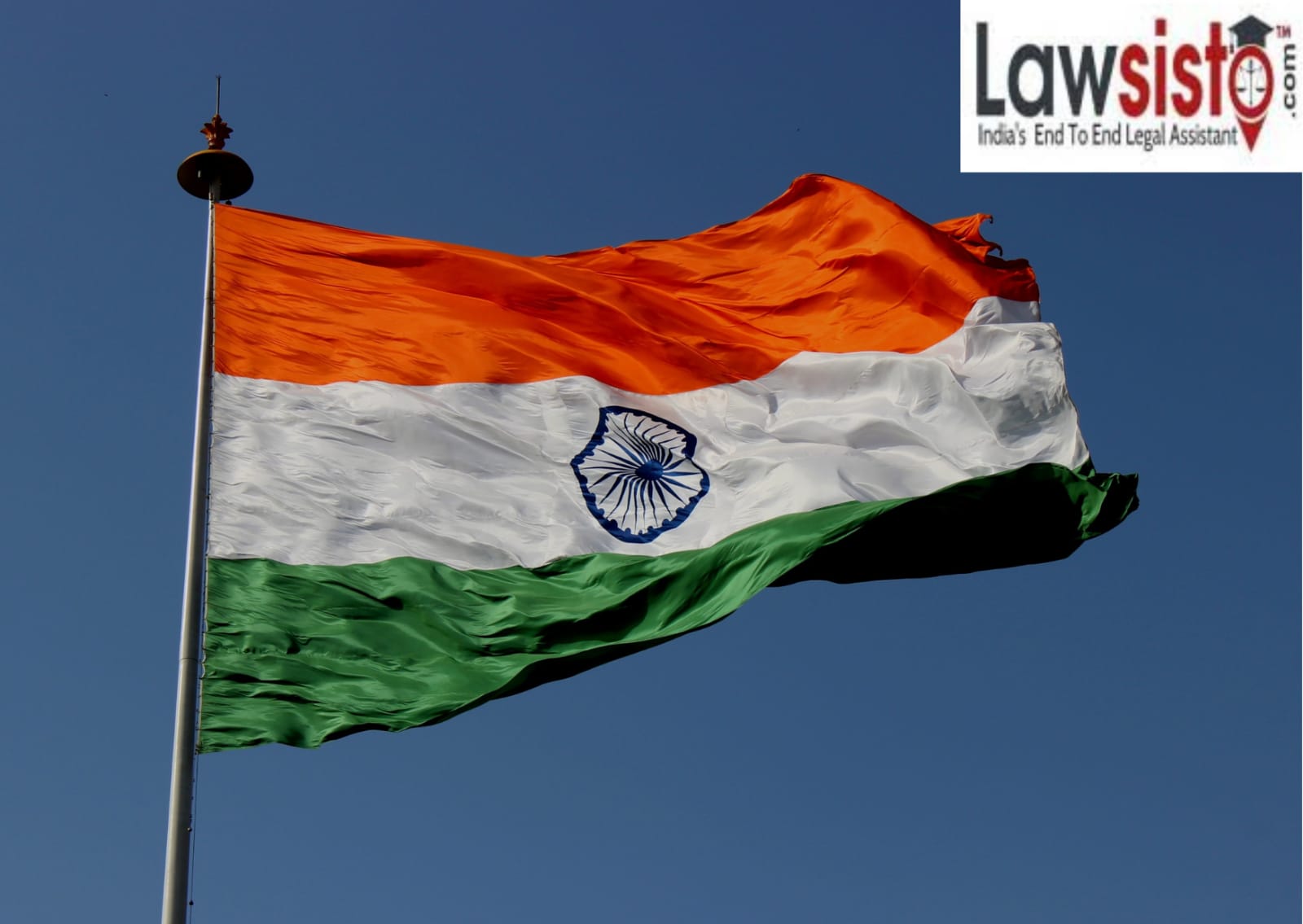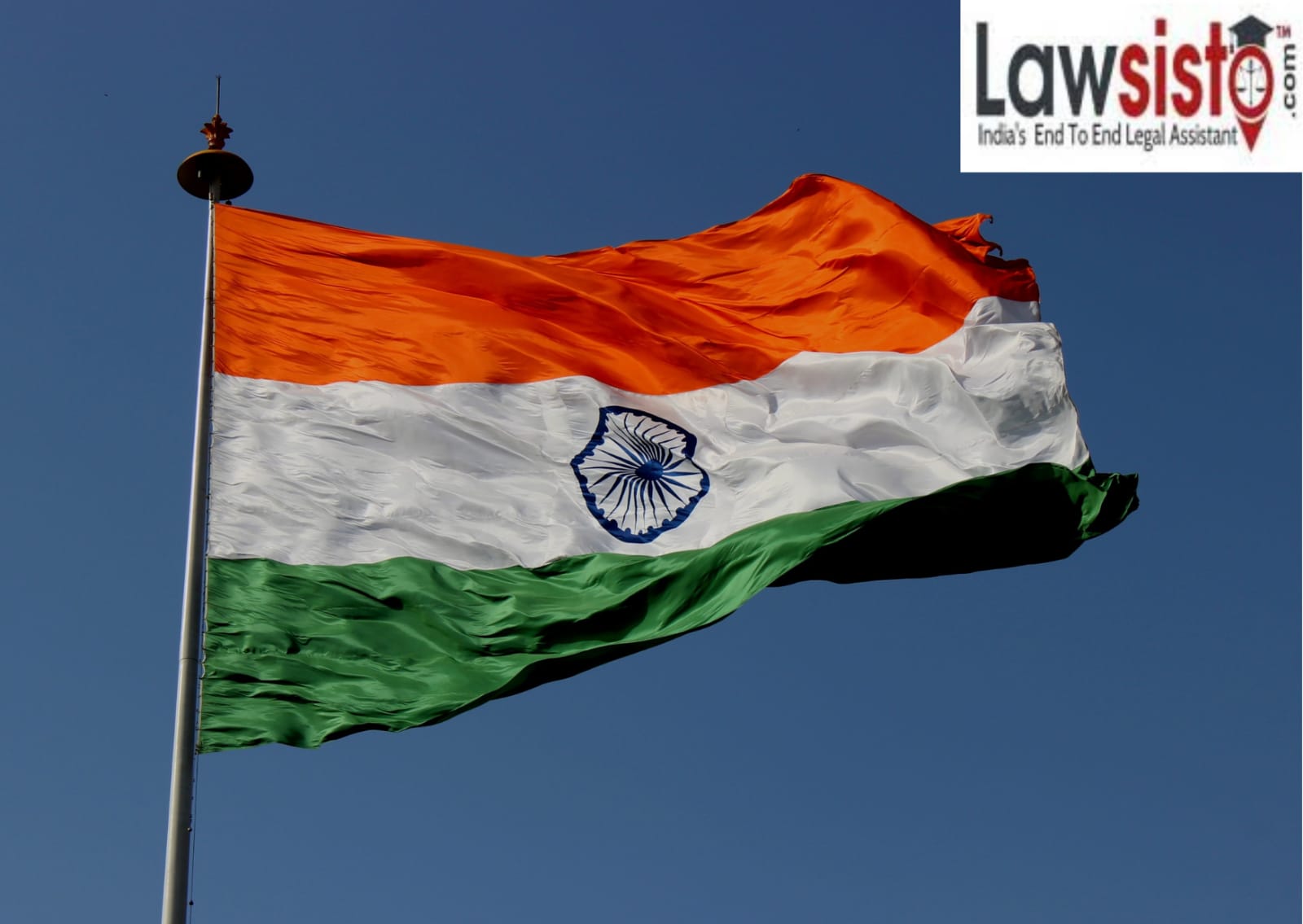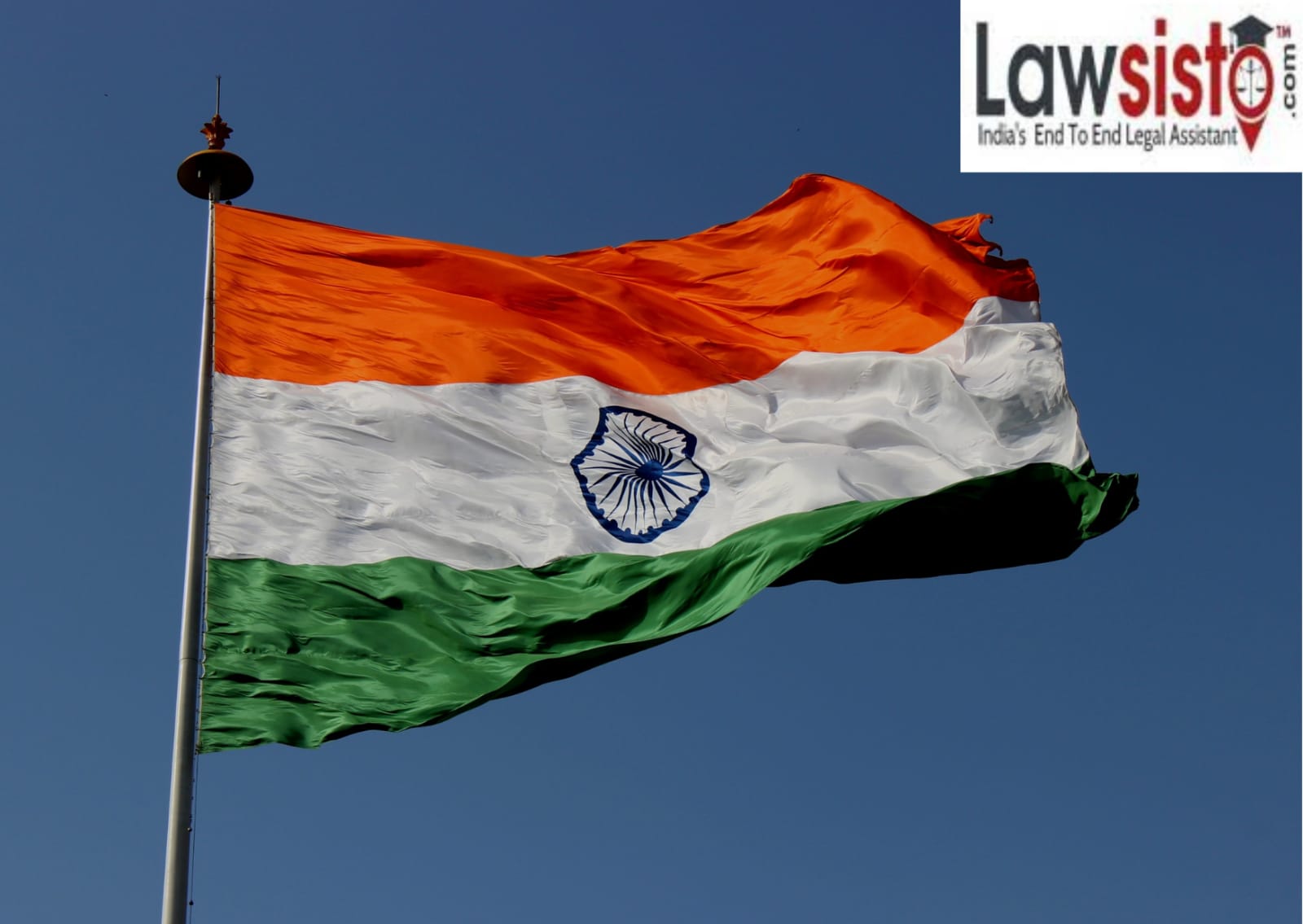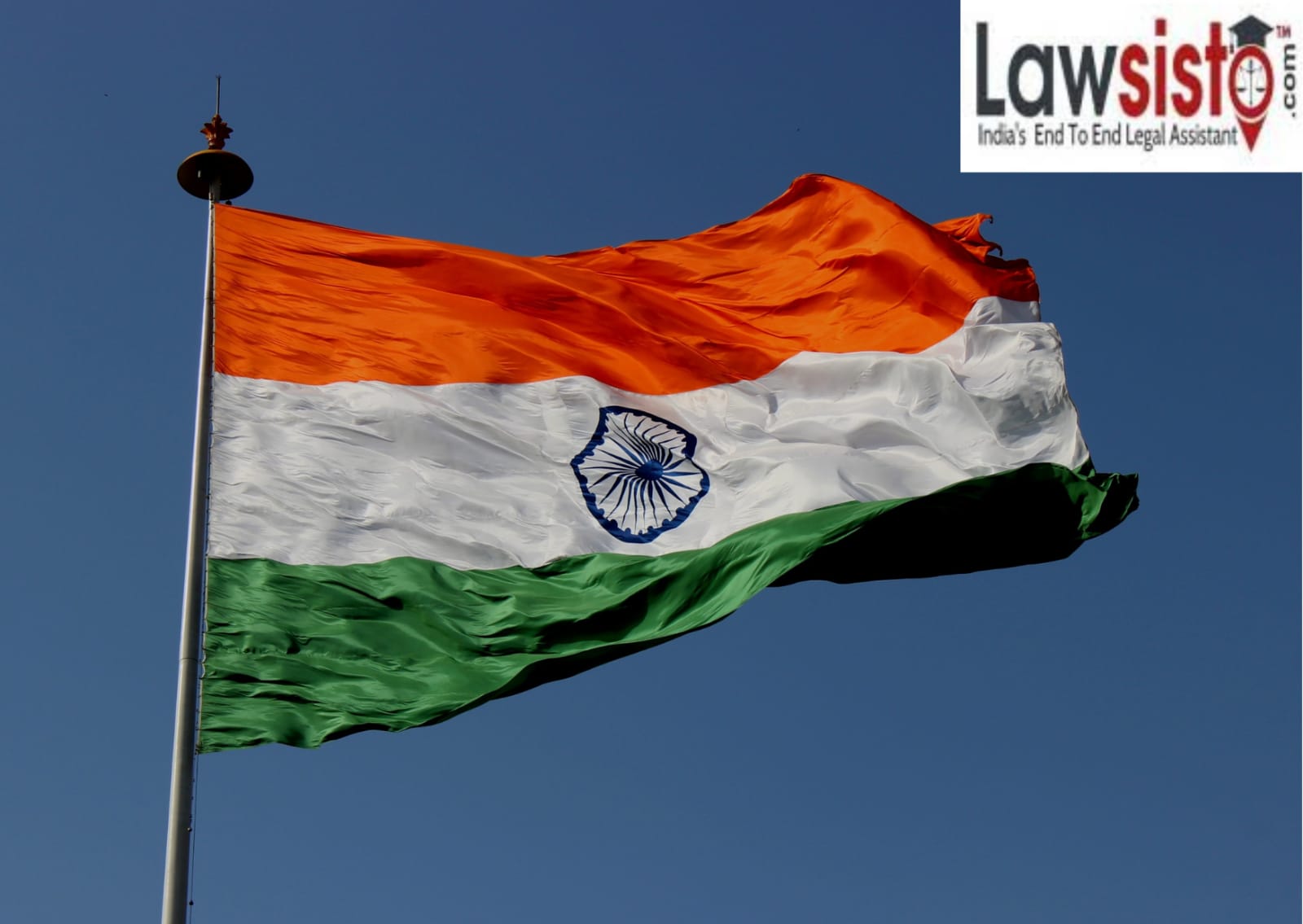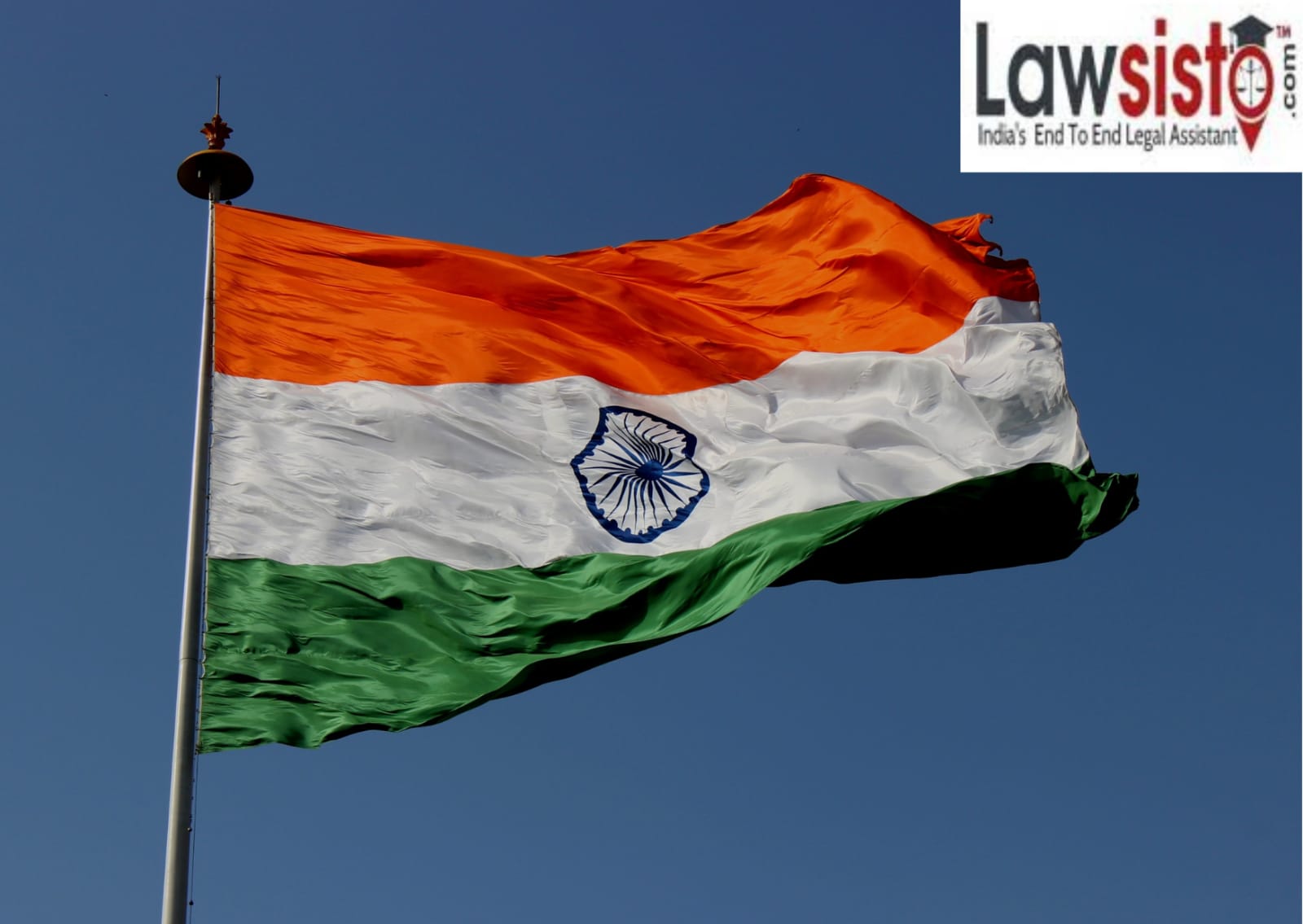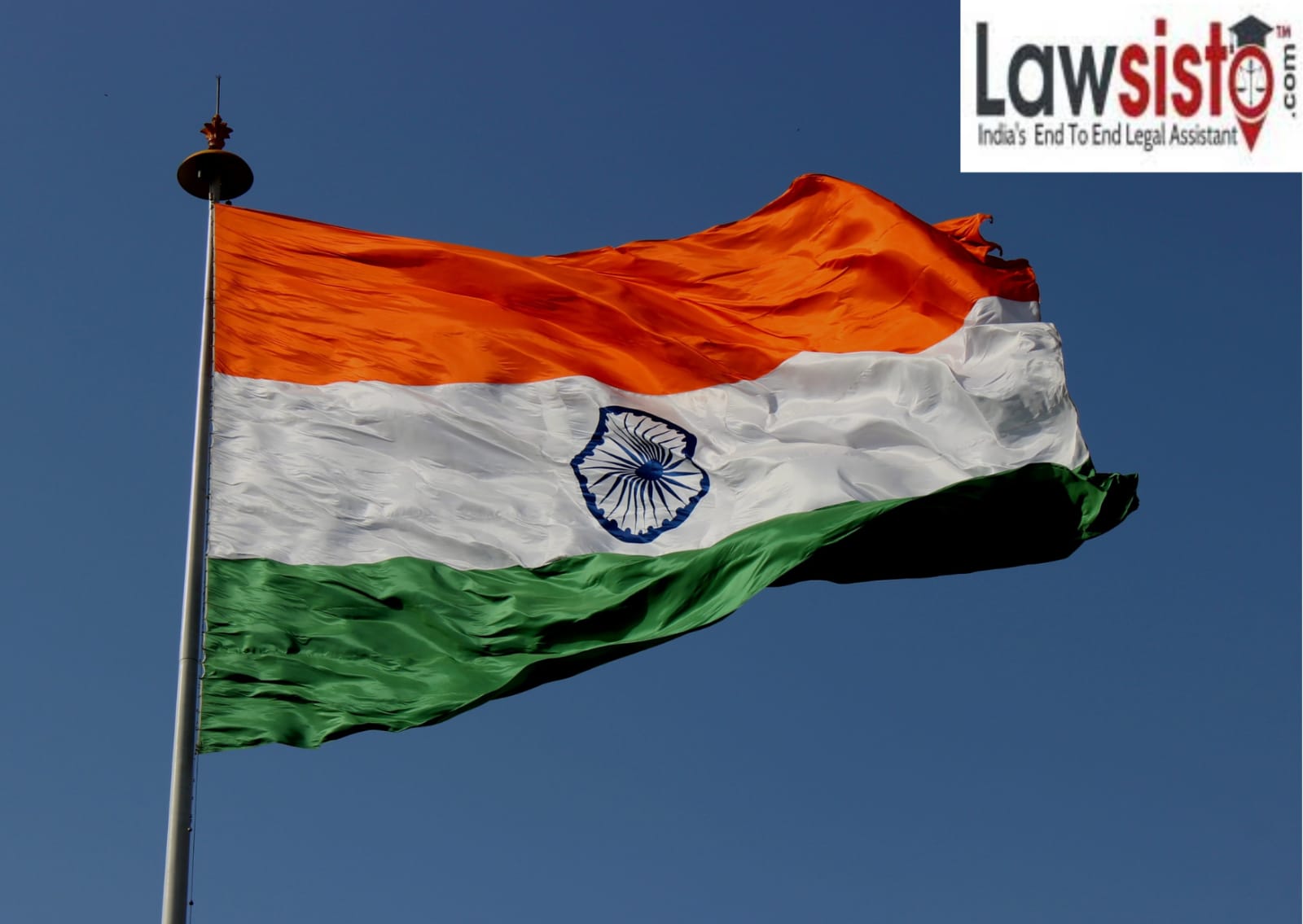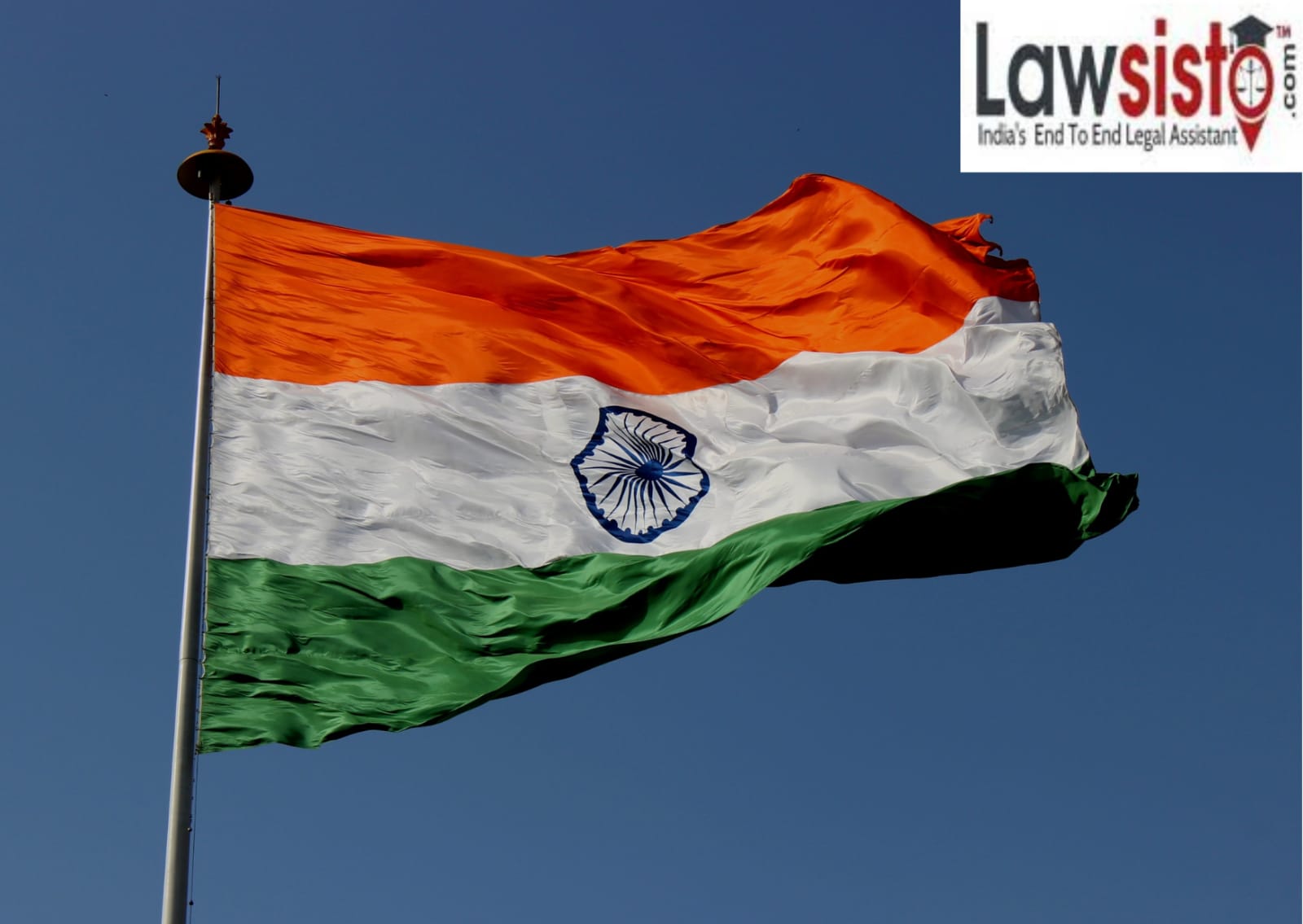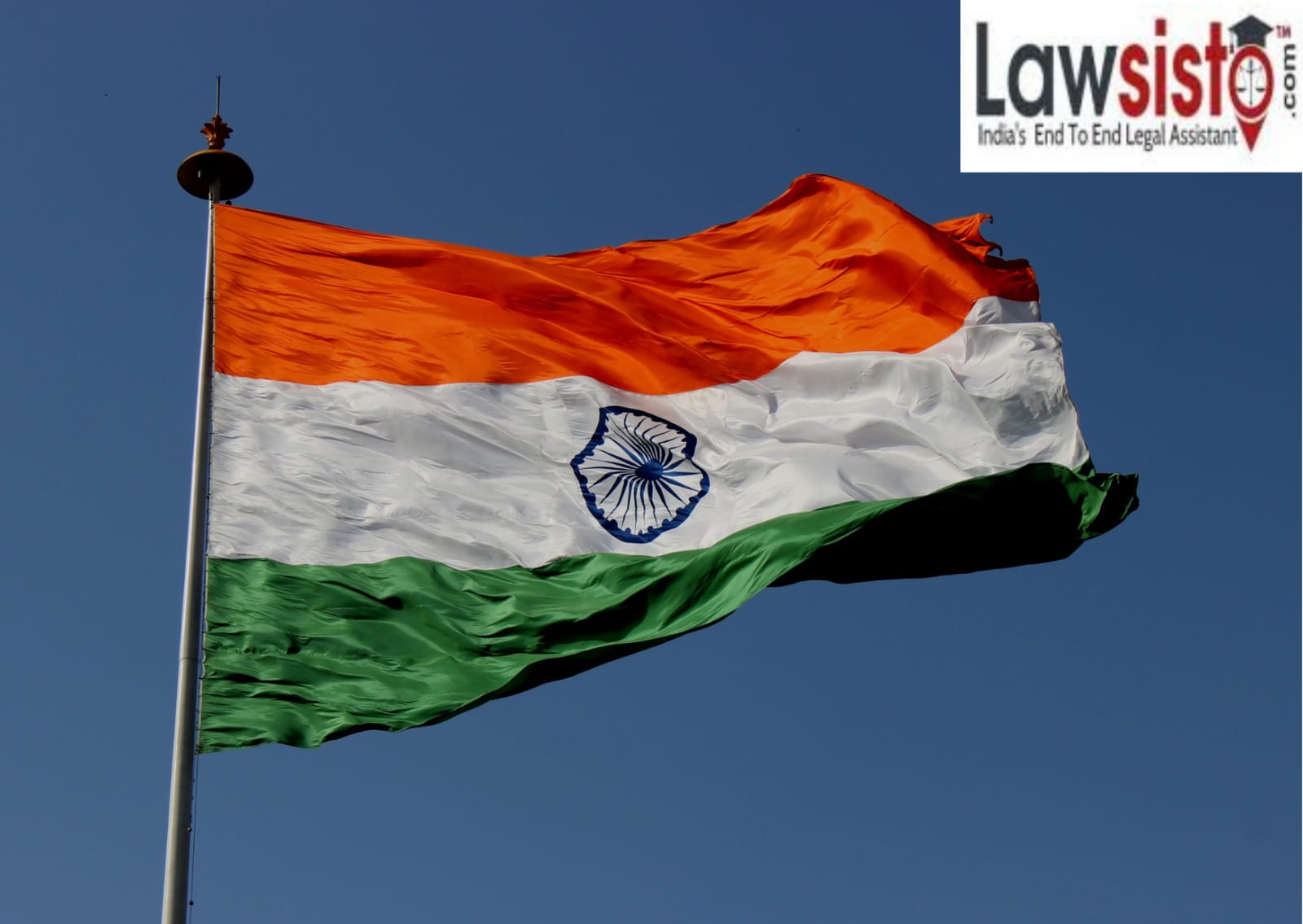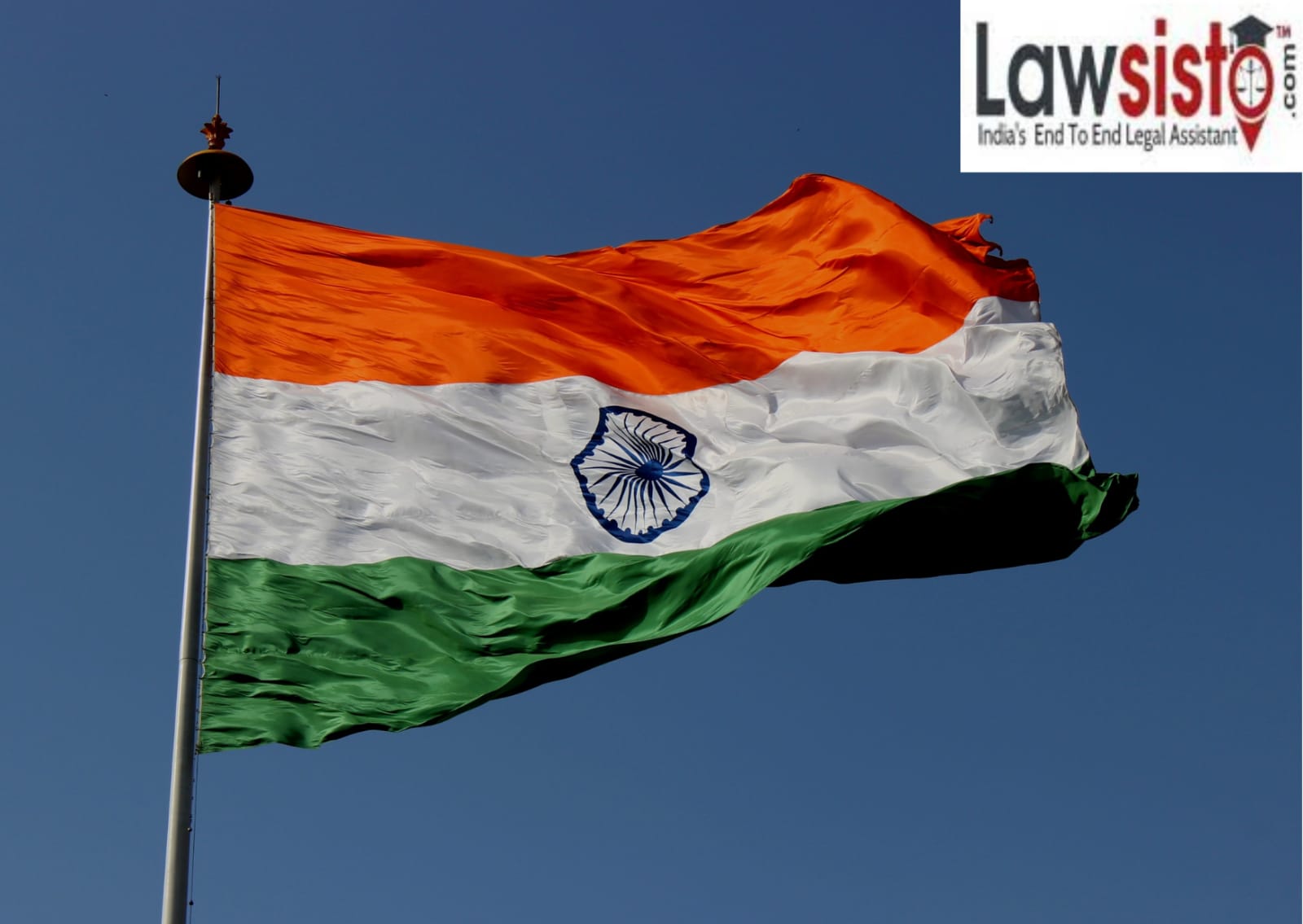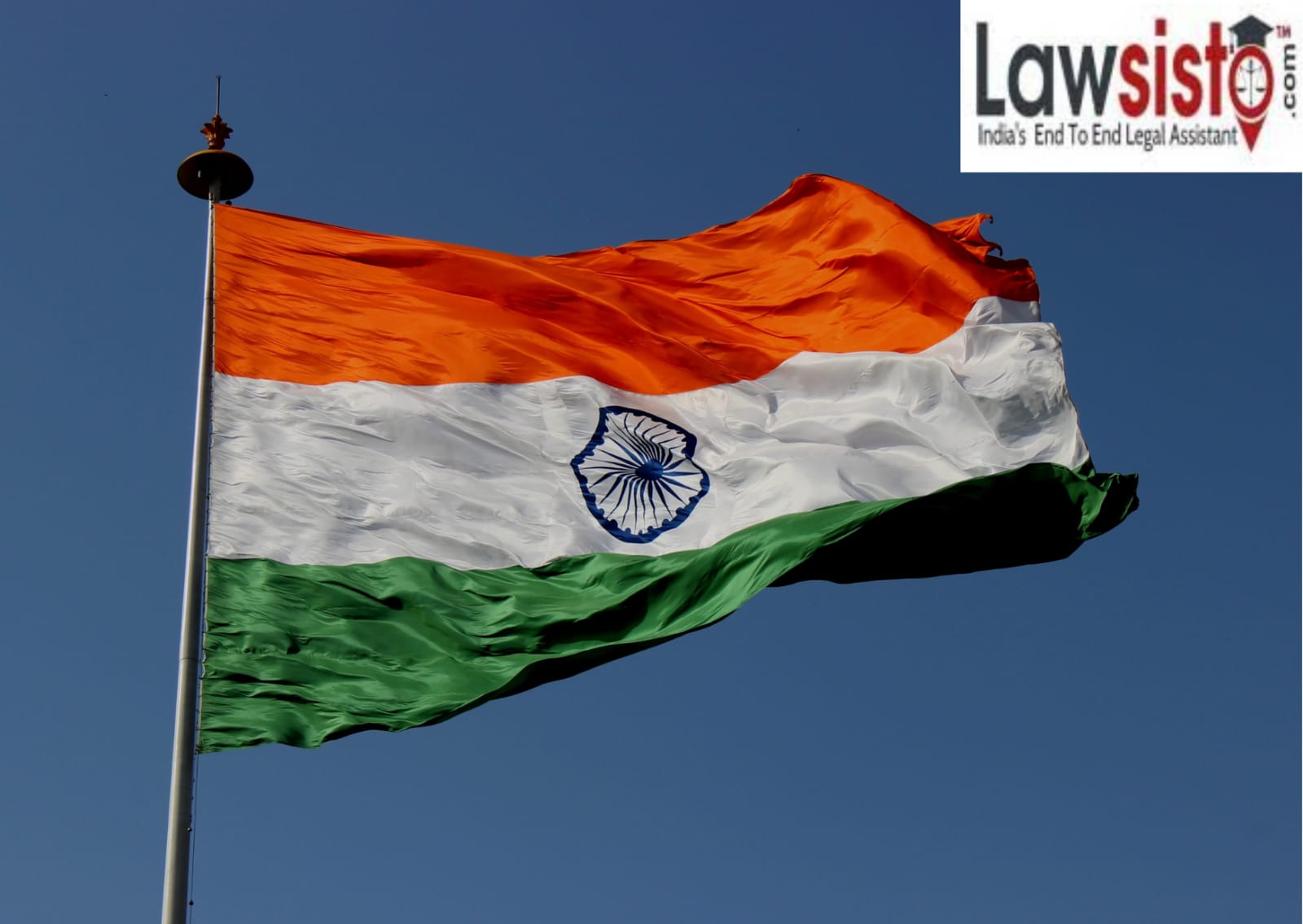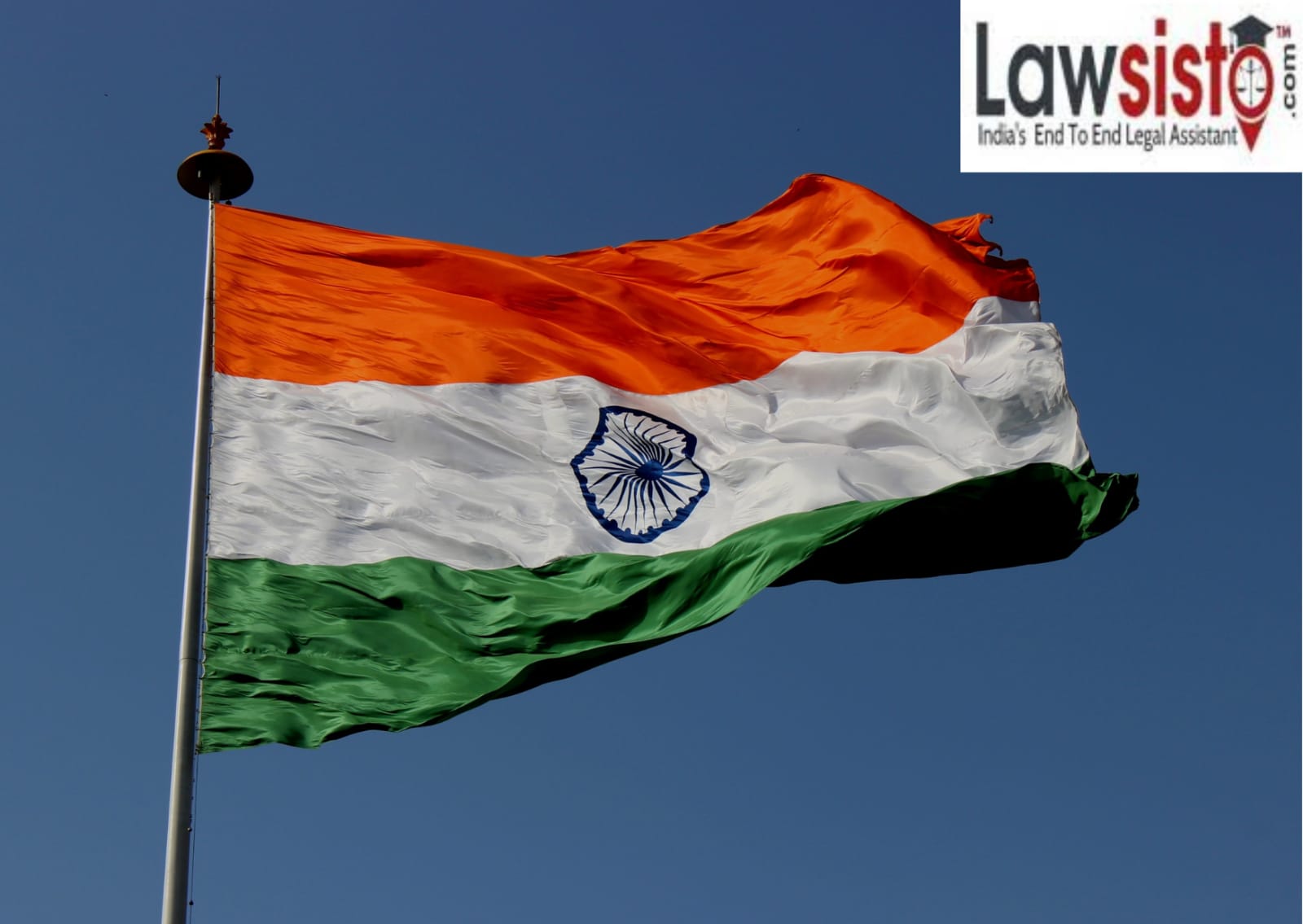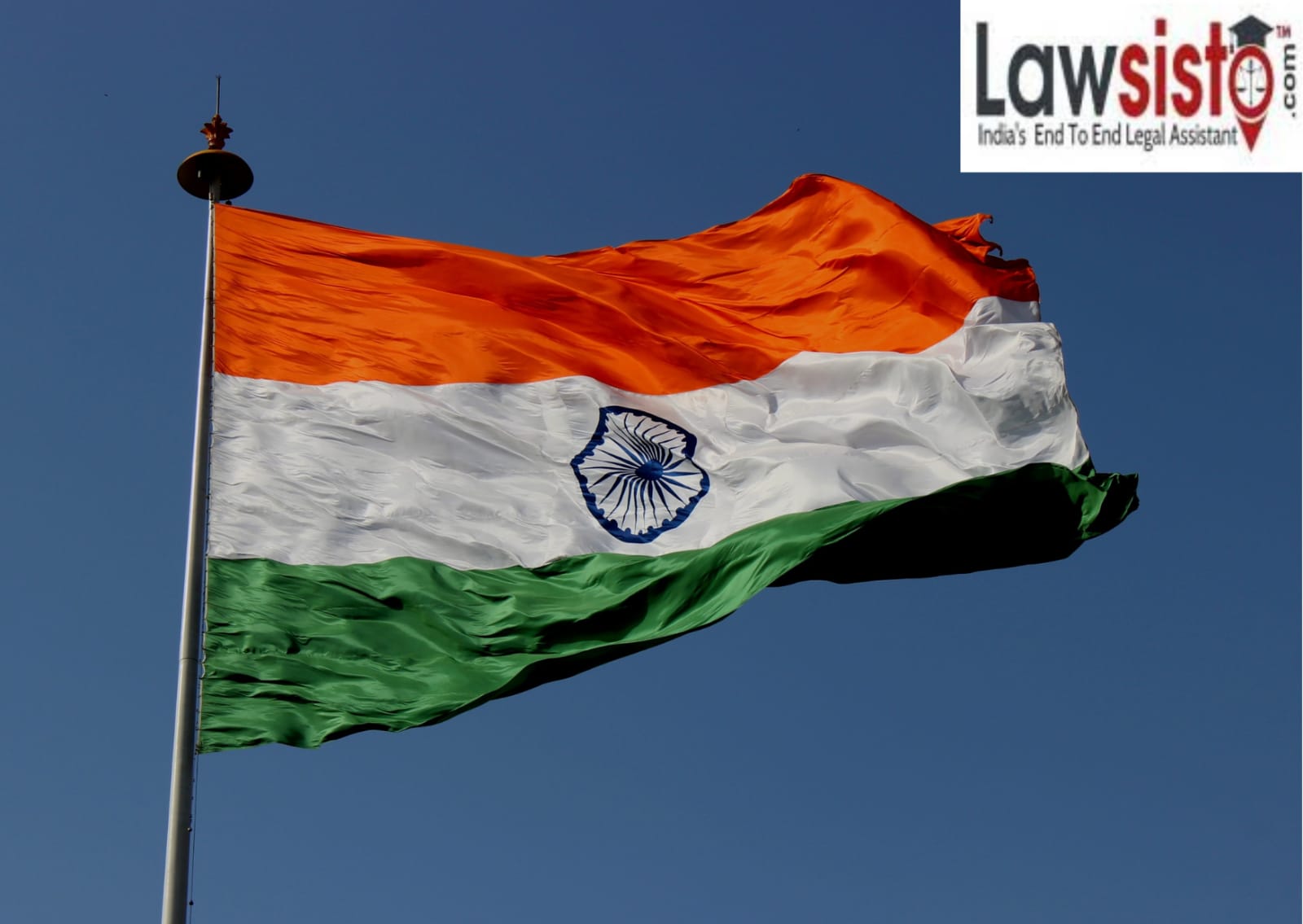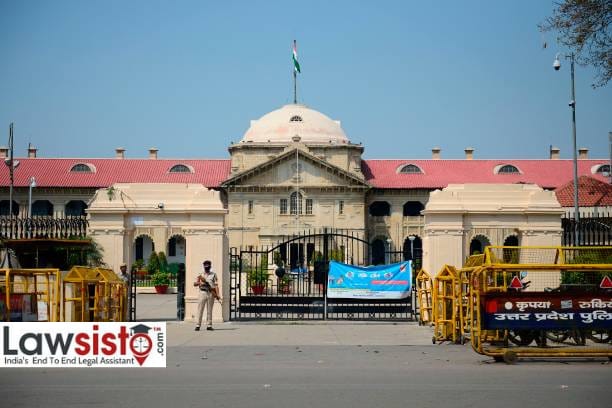Latest News
Judgement- Vishaka & Ors. V/s State of Rajasthan

Facts:
Bhanwari Devi was a social activist/worker in one of a village in the State of Rajasthan who worked under a social development program at a rural level which was about to stop child marriage in a village and this social program was administered by the state government of Rajasthan. Bhanwari Devi tried to stop the marriage of the Ramkaran Gujjar’s (Thakur’s) daughter, who was an infant only. Even after trying her best, she failed to stop the marriage but still, she was put at fault for it and was put forward to social punishment & boycott. Later in September 1992, she was gang-raped by Ramkaran Gujjar and five of his friends in front of her husband. The male doctor at the normal primary health care centre declined to survey her & the doctor at Jaipur only made confirmation of her age without any recommendation of her being raped in the medical report. Even at the police station too, she was continually taunted by the women constable for the whole of midnight. At midnight, she was asked by a policeman to leave her lehenga as the evidence of that incident and go back to her village. After leaving behind her lehenga, she was only left with the bloodstained dhoti of her husband to wrap her body, as a result of which they had to spend their whole night in the police station. After the hearing, the Trial Court discharged the accused people for not being guilty.
And after all these incidents, aroused women groups & NGOs together file a PIL in the Supreme court of India.
Issue Raised in the Case :
Whether enactment of regulative guidelines is mandatory for ending the sexual harassment faced by women at the workplace.
Judgement:
The landmark judgement in the leading case of Vishaka V. State of Rajasthan was delivered by Honorable Chief Justice J.S Verma on account of the writ petition filed by Vishaka. The court observed that there was a violation of fundamental rights of the victim under Article 14[2], 19[3](1)(g) and Article 21(4) of the Indian Constitution which state that, every profession, trade, or occupation should provide a safe working environment to the employees.
The Supreme court held that women have a fundamental right towards the freedom of sexual harassment at the workplace. It also put forward various important guidelines for the employees to follow and see to it that there is no kind of sexual harassment of women in the workplace. The court also suggested that there should be proper techniques for the implementation of cases where there is sexual harassment of women at workplaces.
The main aim of the Supreme court was to ensure gender equality and also to ensure that there should be no discrimination towards women in the workplace.
In earlier times, women were considered a weaker section of society and were more prone to crimes such as sexual harassment. Sexual harassment isn’t like other crimes, it is a crime of a very serious nature as it may leave a long-lasting impression in the mind of a female, and not only this, it may also give them mental trauma as said earlier. Also, there are many women who are facing sexual harassment even today at their respective workplaces but the major problem is that :
1.) Firstly, women can't speak about it openly as
a.) they feel ashamed to talk about it
b.) They feel that if they speak about it or raise their voice against it then they may lose their job.
2.) Secondly, women who are brave enough to talk about it aren’t believed in by people and their allegations are classified as fake by people.
After this case, SC made the term sexual harassment well defined under which any kind of physical touch or conduct, showing of pornography, sexual advances towards women, or any unpleasant taunt or misbehaviour was included under the ambit of sexual harassment.
The Supreme Court held out guidelines that, a person in charge of a particular institution, organization, or office whether it is private or public, will be responsible for taking effective steps to prevent sexual harassment.
Later, India finally enacted its law on the prevention of sexual harassment against female employees at the workplace. The Sexual Harassment of Women at Workplace (Prevention, Prohibition and Redressal) Act, 2013 ( Sexual Harassment Act ) was made effective on 23 April 2013 by way of publication in the Gazette of India.
Conclusion :
Sexual Harassment of women at the workplace has been existing for a long time and it is increasing rapidly at a fast rate and this problem exists in the whole world and not only in India. Today, in the 21st century, women in our society are bringing honour to society and they are working equal to and maybe even better than men but society still tries to oppress them.
There is a strict & urgent need to control the sexual harassment of women at their workplaces as the women expect their workplace to be friendly and if they suffer harassment at the workplace it will leave a deep wound in their minds that might never be healed and it also won’t allow the working women to work with a free mind.
Although a statute has been enacted by the Indian Legislature in 2013, still to prevent or stop such harassment, NGOs and other volunteer institutions should come forward and implement new skills and increase their reach so as to assure that equality & justice is served in the society and no section is left unserved.
Document:






























